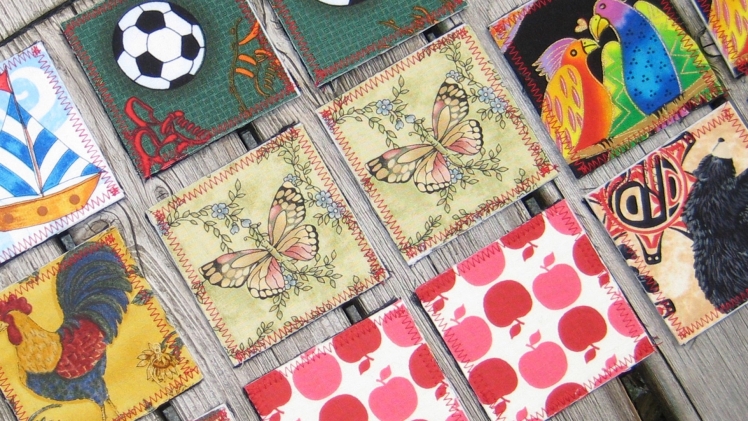You don’t have to enroll at all in dubious self-improvement courses to develop your skills. Crosses on the hand, for example, are a much more fruitful kind of mnemonic technique. We’ve selected several exercises for the development of memory, observation, logic and imagination, which can be performed whenever you want.
Cicero’s Method
A place to practice: your own room.
Walk around the room, look around and memorize every corner, starting with the door. Of course, this space is already familiar to you. Now mentally place in different parts of the room what you need to remember. These can be German verbs, the anchor points of a report, or friends’ birthdays. If it’s difficult, write down what you need on pieces of paper, hang them on the walls, and look around the room again carefully. It should work! The method of spatial associations is attributed to Cicero or Simonides. The former used it for speeches; the latter applied the same train of thought under very unfortunate circumstances. Simonides was a guest at a symposium. Suddenly the roof collapsed on the revelers. Only Simonides made it out of the wreckage alive. Later he helped relatives identify the deceased by remembering who was sitting where.
Aivazovsky’s Method
A place to practice: a view from a window, balcony or rooftop.
Many artists have an excellent visual memory. You can develop it by looking at the view outside the window or passengers on the subway. Fix your gaze on a person or thing for a few seconds. Try to remember the object in detail, then close your eyes and visualize it. Look at the object of study again, refresh the image, and continue the exercise. You can make sketches of the faces and figures of passersby, memorize paintings in a museum.
Or practice while playing online NationalCasino roulette. Select 4-6 sectors on the reel and remember how they are laid. The number of sectors should be increased time after time.
The Method of the Italian Boys
A place to practice: lines.
William Atkinson writes that he observed this picture in Chicago: Italian newspaper boys, standing at the door of a print shop waiting for a fresh issue, playing Morra. One shows his fist to the other and with a cry of “Morra!” unclenches a few fingers. The other player quickly names the number of outstretched fingers, and if he hesitates or makes a mistake, gets hit over the head with a stack of newspapers. “Morra” is similar to “Rock Paper Scissors.” This simple game must still be played by boys in Neapolitan backyards.
The Yogi Method
A place to practice: anywhere.
You can borrow elements of vipassana from yogis who certainly excel at self-development. Mindfulness meditation can be practiced in any environment: riding a bike, taking a shower, sitting at a lecture, but it is best done alone. The essence of the method is to be aware of every moment of life and to be receptive to the signals of the body. Even a measured walk from corner to corner can be considered meditation, if at that moment your attention is concentrated on the movement. Take five to ten slow steps in a straight line. Move in a relaxed manner. Watch how the foot is lifted, how the weight is transferred from one foot to the other. Throughout the day, pay attention to what you used to do in passing. At regular intervals – for example, every 4 hours – record which posture you are in.
Robert Oudin’s Method
A place to practice: supermarket shelves.
Robert Oudin is a famous French magician and the idol of Harry Houdini. As a young man, he trained his powers of observation daily. Passing by the store, Robert would cast a hasty glance at the window, turn away, and after a few steps, try to remember exactly every product: color, size, shape. Every day this exercise was getting faster and faster. Quite soon he was so adept that he could describe the contents of the stalls on the run.
The method of the London pickpockets
The place to practice: Portobello Road.
In nineteenth-century London and Paris street gangs, there were entire schools where experienced robbers passed on the secrets of skill to the young. The old thief, like Fejin in Oliver Twist, would hold some small thing in the palm of his hand – two buttons, five pence, a wedding ring. The professor would show it to the boys for a few seconds, ask them to describe each item quickly, then discreetly remove one of the items – and you had to immediately name what was missing.

